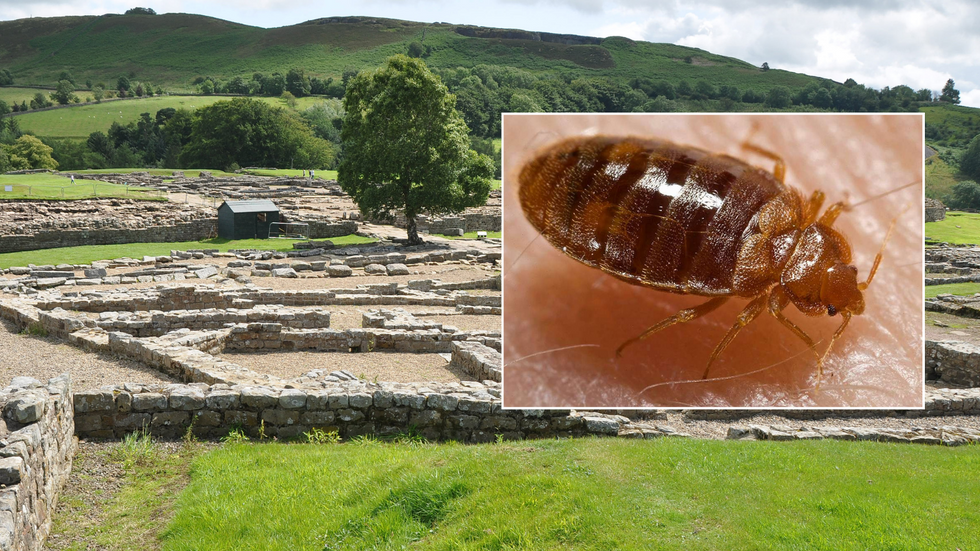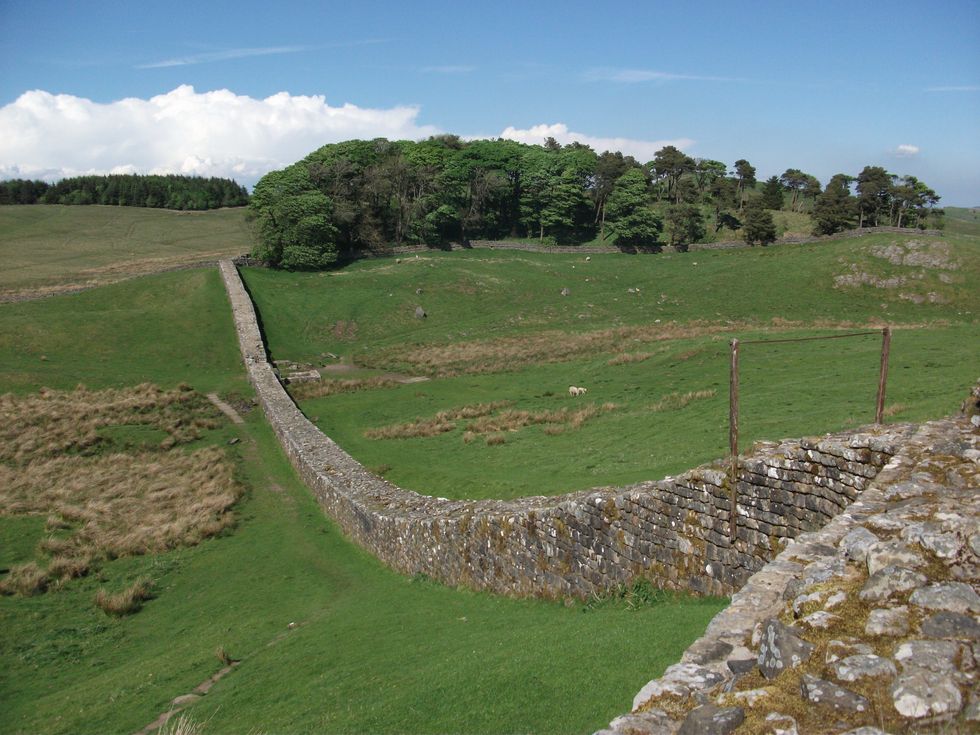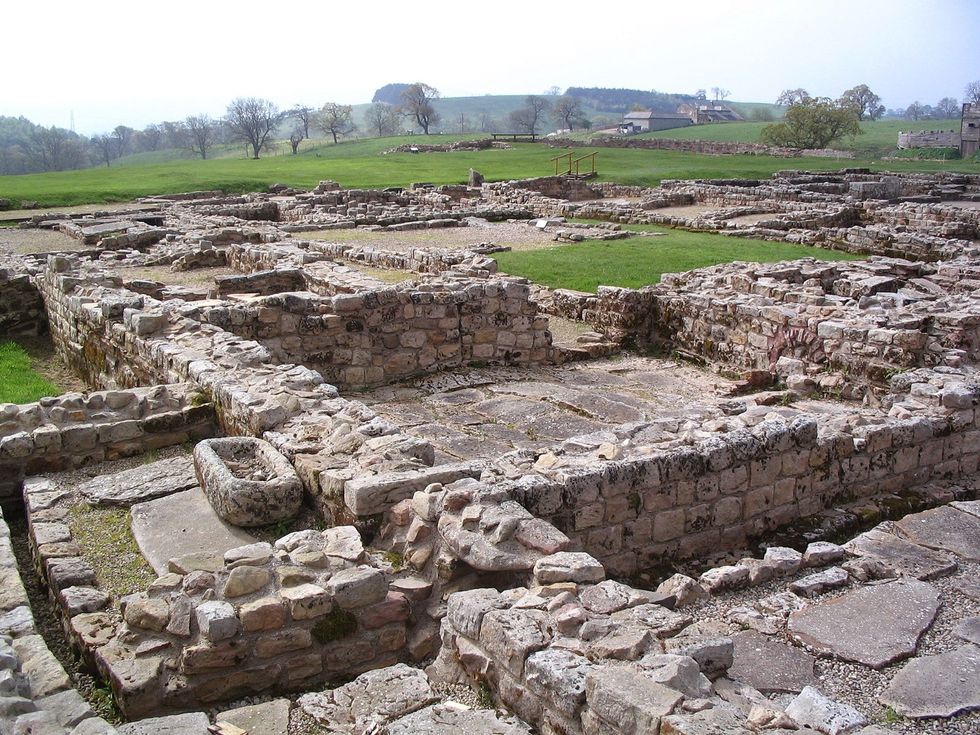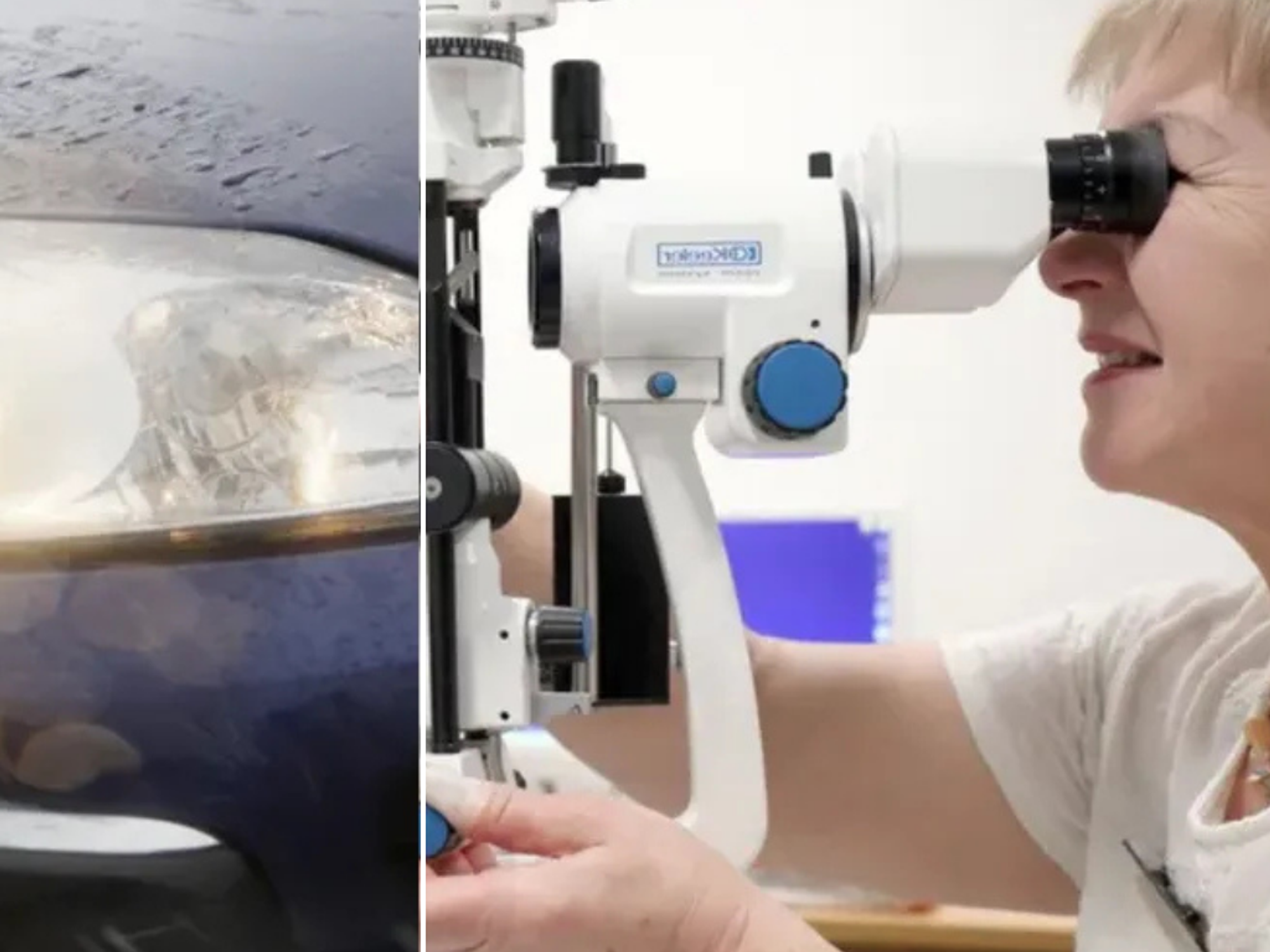Romans may have brought bedbugs to Britain as parasites found near Hadrian's Wall

‘The Romans were the perfect opportunity for one or two bedbugs to hitchhike over’
Don't Miss
Most Read
The Romans didn't only bring roads, aqueducts and flat-pack furniture to Britain – they brought bedbugs too, according to archaeologists.
While digging through the ancient remains of Vindolanda, a Roman garrison just south of Hadrian’s Wall, University College Dublin (UCD) student Katie Wyse Jackson made the breakthrough discovery which could reshape how we see the Romans.
Wyse Jackson, 24, was poring over the excavated material as part of her master’s degree in archaeoentomology – the study of insects at archaeological sites – when she found thoraces (upper bodies) thought to belong to the common bedbug.
She had been focusing on one of Vindolanda’s lowest and oldest layers, which dates to around 100 AD – just over 50 years after the Romans first set foot in Britain.

Archaeoentomology student Katie Wyse Jackson made the breakthrough discovery at the ruins of Vindolanda
|CDC/Wikimedia Commons
Wyse Jackson said: “Finding this kind of thing helps humanise the people of the past.
“I can learn about trade, food storage, hygiene, waste disposal from what species are present and in what numbers… At the moment, I’m finding a large amount of grain and dung beetles.
“So we’re really not looking at a clean space here. Most importantly, a large proportion of the insects I’m finding are what we call synanthropic – they live in close proximity to humans.
“The Romans do have that reputation as being extremely clean and so it’s interesting to find all of these insects that are contrary to that.”
LATEST DEVELOPMENTS:

The landmark discovery was made at an archaeological site just south of Hadrian's Wall
|Wikimedia Commons
Bedbugs made the news last year for their apparent outbreak across public transport in Paris – and Wyse Jackson told the Guardian their ancient ancestors probably enjoyed their fair share of impromptu hitch-hiking.
She said: “It’s very likely they came with whatever the Romans were bringing over… Today, we see bedbugs travelling on aeroplanes in luggage, in clothes.
“The Romans were bringing over clothes, straw, grain in great quantities as they were setting up their camps. So it’s the perfect opportunity for one or two bedbugs to hitch-hike over.”
Dr Andrew Birley, leader of the Vindolanda archaeological team, said: “It is incredibly rare to find them in any ancient context.”

The remains of the Vindolanda fort where Roman legionaries were stationed in 1st Century Britain
|Wikimedia Commons
Dr Birley noted the tough conditions that hardy Roman forces garrisoned by the wall would have had to deal with, and said: “They had to put up with an awful lot which we may be much quicker to complain about today.
“Current theory is that the bedbugs would have been transported on [Roman legionaries’] packed clothes and bedding.
“They import[ed] carpets and wall coverings too, and they can catch a lift on those items.”
Dr Stephen Davis, environmental archaeology lecturer at UCD, said the pests had only been found at one other Roman site in England – Alcester in Warwickshire – but the pair at Vindolanda would be “the earliest found in Britain so far”.











